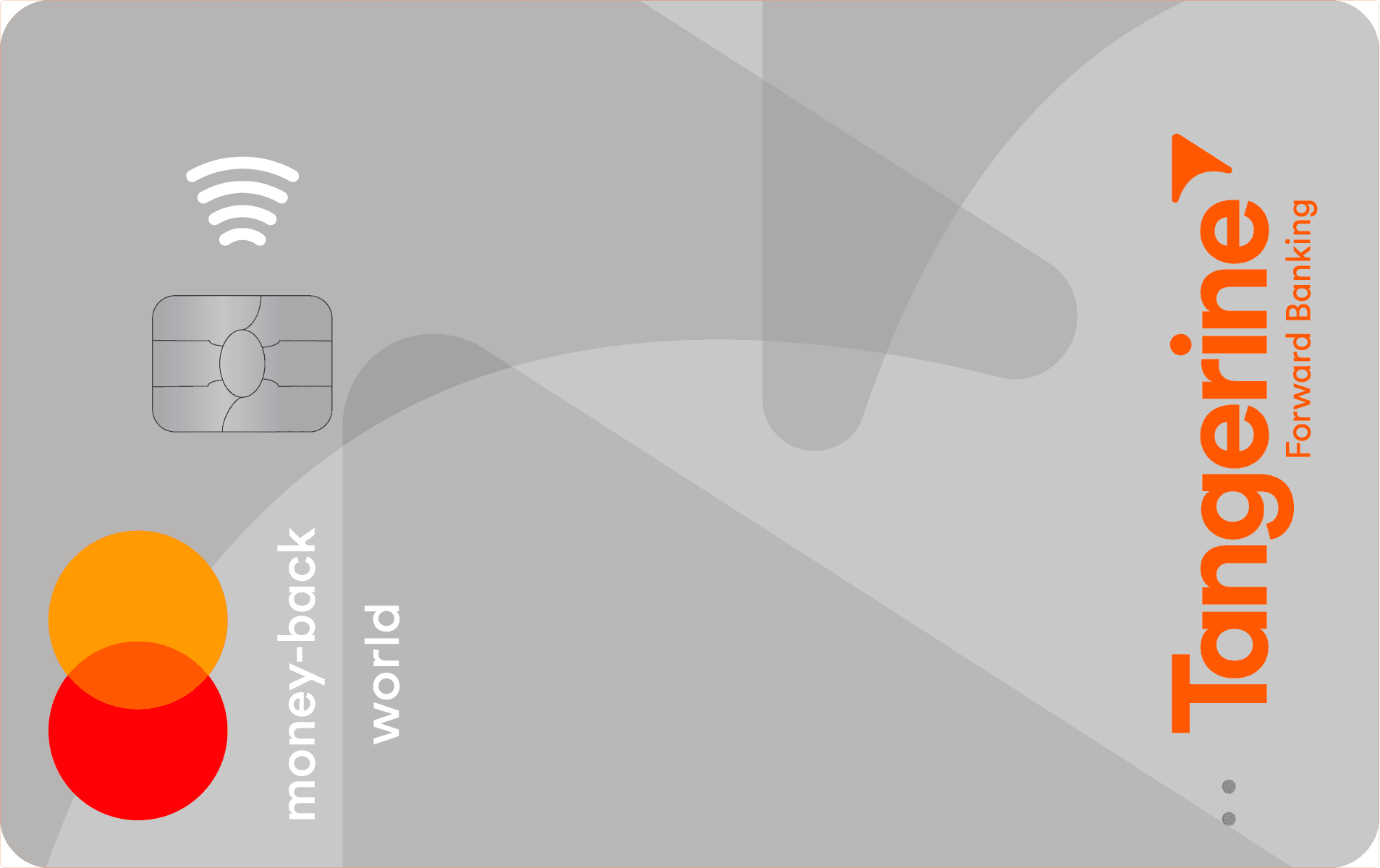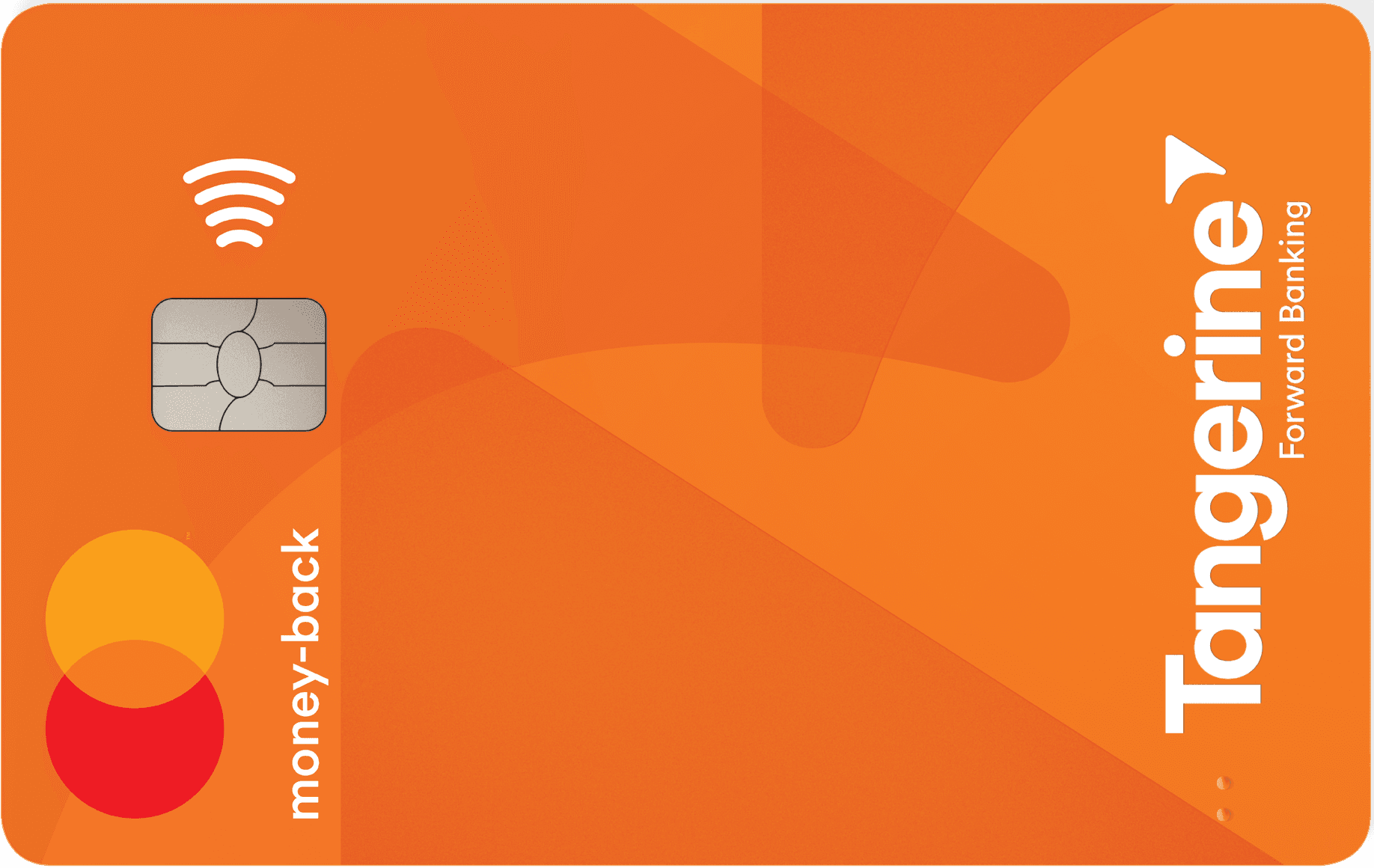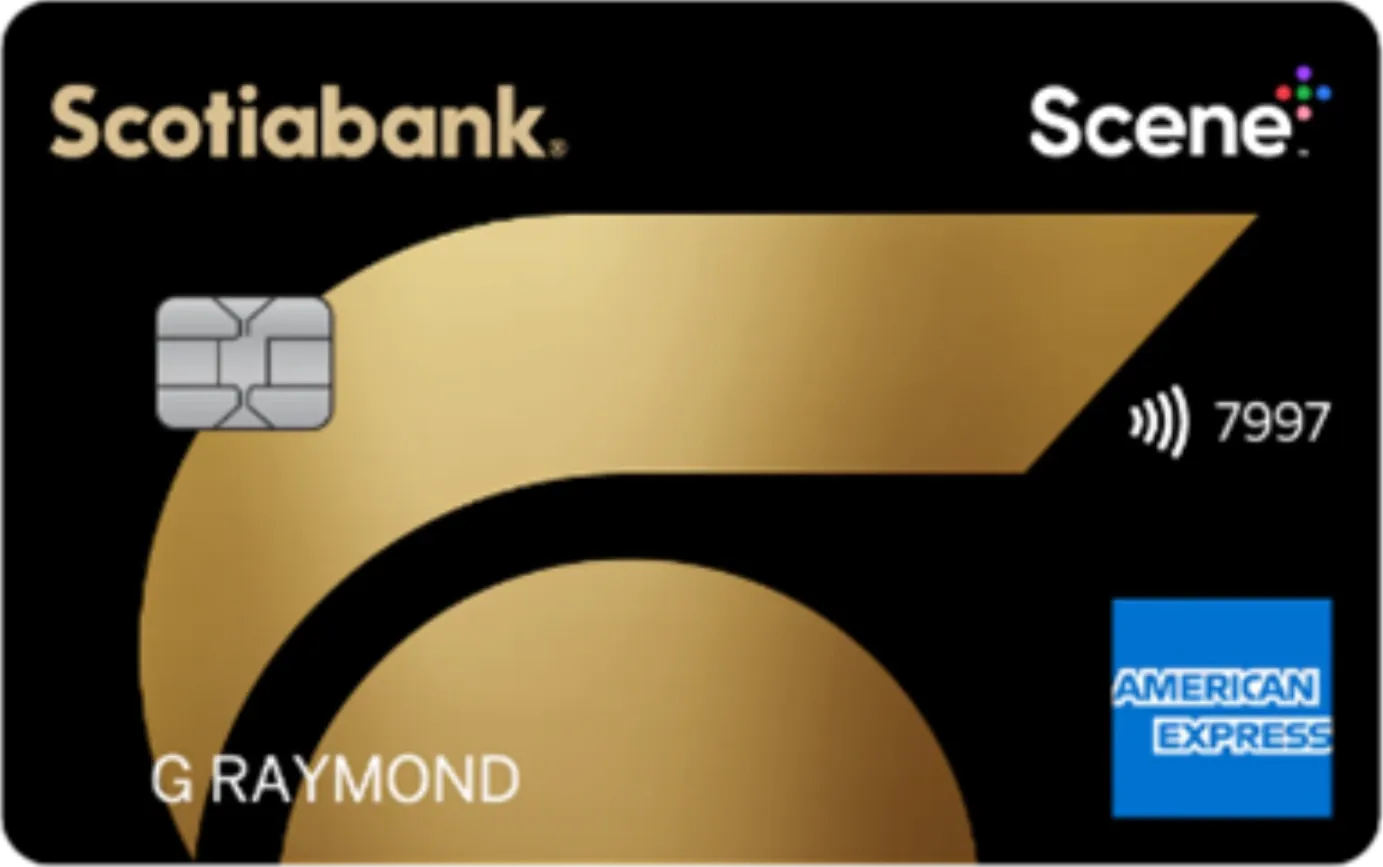Working hard in the background...
Virtual Credit Cards: A Safe Option for Canadians
Published Oct 25, 2025 8:28 AM • 4 min read
In the age of virtual reality, it’s not exactly a shock that many aspects of our lives have already gone digital – including our credit cards.
Many credit card issuers now offer virtual credit cards that generate a unique card number for each transaction. When you add a virtual credit card to your digital wallet, you can use it to shop online or in-store, just like a physical card. By masking your actual credit card number, these virtual alternatives help protect you from fraud, identity theft, and data breaches.
Virtual credit cards are a great option for new Canadians (and just about everybody) because they offer convenience, instant card access (depending on the issuer), and enhanced security.
For the full breakdown on why virtual credit cards are a safe option for new Canadians, keep reading.

First, What is a Virtual Credit Card?
In some cases, when people talk about virtual credit cards, they’re referring to the digital version of your physical credit card, the kind you add to your digital wallet to make seamless online and contactless payments.
Most banks allow you to digitize eligible physical credit cards inside of a digital wallet, transmitting secure touch-free transactions to payment terminals using near-field communication, or NFC (read more here). Most major Canadian credit card issuers support popular digital wallets like Apple Pay and Google Pay.
Interestingly, the Zolve Classic Credit Card earns you more rewards when added to digital wallets than when used as a physical card, which is very relevant to this topic. Learn more at Zolve Classic Credit Card review.
While many traditional banks offer digital-wallet-friendly versions of their physical cards, fully virtual-first credit cards that are issued and used exclusively online are still relatively new to Canada.
How are Virtual Credit Cards Secure?
Many virtual credit cards work by generating a one-time credit card number to complete your purchase, all while safeguarding your actual credit card information. Regardless, these transactions will appear on the credit card statement of the associated account.
Digital-first credit cards have consistent encrypted virtual numbers and function just like traditional credit cards – minus the plastic.
Virtual credit cards use code encryptions (keeping those single-use credit card numbers secure in-person and online), tokenization, and secure authentication tactics to keep your transactions safe. When used in-person through a digital wallet, virtual credit cards are also protected by contactless spending limits (typically up to $250 per contactless transaction), and proximity restrictions (since your card is only readable by a payment terminal a few centimetres away). All of these safeguards keep Canadians and their virtual cards safe from both fraud and data breaches. Even if you were to spot a fraudulent transaction on your account, most credit cards have a zero-liability policy, which protects you from having to pay for covered unauthorized purchases reported on time.
So, Why are Virtual Credit Cards a Good Choice?
In all honesty, virtual credit cards are a solid option for most people who value financial convenience and security. That said, there are a few aspects of virtual credit cards that are particularly beneficial for new Canadians, these include:
- Instant card access upon approval while you wait for a physical card (when applicable)
- Enhanced credit card security for both online and contactless purchases
- Simple account tracking and management, easily tackling and automating recurring payments, plus accessible insights that help you budget and monitor spending
- The creation of a Canadian credit history when your virtual card is linked to a revolving credit system (not prepaid) and used responsibly
- Contactless Payments
What are the Drawbacks of Using a Virtual Credit Card?
Where there are benefits, there are almost always some downsides.
Here are a couple of drawbacks to using a virtual credit card:
- To use a virtual credit card in-store, you’ll first have to properly link the card to a digital wallet
- Some retailers don’t accept virtual payments
- Only select financial institutions offer digital-first cards (and these are often prepaid)
- When virtual credit cards are prepaid, they likely won’t help you build credit
- Certain bookings like hotel stays or rental car reservations may require you to confirm your credit card number using a physical card at reception but if you used a virtual-first card to make the purchase, your physical card might have a different card number than the digital transaction – the same can be said when attempting to make product returns or in-store pickups that require card verification
Conclusion
A virtual credit card is either a digital duplicate of your physical card or a separate virtual-first card that uses a temporary and secure number for transactions online or in person via a digital wallet.
Virtual credit cards are a safe option for new Canadians due to their heightened security against fraud and data breaches. They’re also beneficial for newcomers since some virtual-first options can be made available almost instantly or without credit checks. Just remember: only virtual credit cards – not prepaid ones – can help you establish your Canadian credit history.
Frequently Asked Questions
A true virtual-first credit card digitally generates a card number for use online or in person via a digital wallet. Eligible physical credit cards become “virtual” when added to a digital wallet. Both versions of virtual credit cards encrypt your credit card information for each transaction, prioritizing secure spending.
Virtual credit cards offer tons of protection:
- They conceal your actual credit card number with a temporary or alternative one
- They use encryption, tokenization, and other safeguards to secure transactions
- When added to a digital wallet, they protect transactions with tap limits and proximity-limitations
These features prevent fraud and data breaching, particularly for online purchases or contactless payments.
Virtual credit cards can only help newcomers build credit in Canada if they are an actual credit card tied to a revolving credit account. Prepaid cards (even those that are virtual) don’t report your spending habits to Canadian credit bureaus and therefore do not help you build credit.
There are a few cons to using a virtual credit card that new Canadians should be aware of, including:
- Limited virtual-first credit card acceptance at certain retailers
- Makes physical card verification tricky if you paid with a virtual-first card
- Virtual prepaid options won’t help you build credit
Trending Offers

Tangerine® Money-Back World Mastercard®*

Tangerine Money-Back Mastercard

Neo World Elite® Mastercard®

Scotiabank Gold American Express® Card
About the author

Sara Skodak
Lead Writer
Since graduating from the University of Western Ontario, Sara has built a diverse writing portfolio, covering topics in the travel, business, and wellness sectors. As a self-started freelance content ...
SEE FULL BIOAbout the editor

Lauren Brown
Editor
Lauren is a freelance copywriter with over a decade of experience in wealth management and financial planning. She has a Bachelor of Business Administration degree in finance and is a CFA charterholde...
SEE FULL BIO